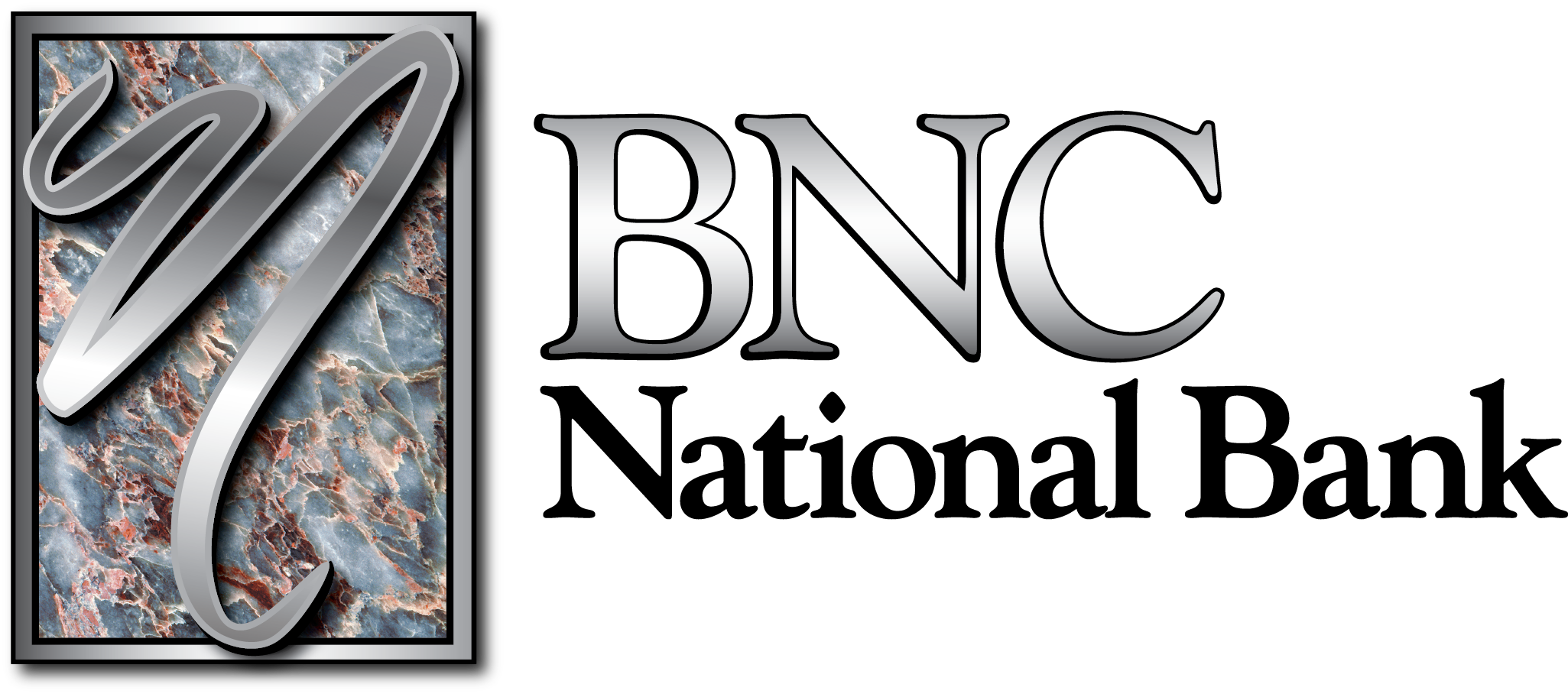Maybe your kitchen is too cramped for a growing family, or your outdated bathroom needs more than a fresh coat of paint.
Remodeling is exciting, but without a clear plan, it can become overwhelming fast. In regions with distinct seasons, climate-specific challenges can raise the stakes even more.
For example, in areas with long winters, short construction seasons can limit when certain home improvements can be made—many major projects need to be scheduled for late spring through early fall. In regions with extreme summer heat, high temperatures can reduce contractor availability and affect how materials are handled, making late fall through early spring the more popular window for remodeling.
Regardless of where you live, planning can save you time, money, and a lot of stress. A smooth remodel starts with four key steps: budgeting wisely, hiring smart, obtaining the right financing, and focusing on high-impact upgrades.
Step 1: Set a Realistic Remodeling Budget
Before picking paint colors, get clear on your numbers.
Home renovation costs vary widely. And, as it turns out, your region can play a big role. Homeowners in colder climates should factor in delays in materials delivery during icy months, whereas people living in hotter climates might consider:
-
Permit office backlogs during popular renovation seasons (especially fall).
-
Pricing surges when demand rises as temperatures drop.
-
Special handling or scheduling for heat-sensitive materials.
Also ask: Will your project require you to move out temporarily? If so, research the cost of short-term housing in your area and build it into your budget.
No matter your location, make room for surprises. A 10–20 percent contingency buffer helps cover unexpected costs without derailing your plans.
And remember: You don’t need to pay for everything out of pocket. Financing options like flexible home equity lines of credit (HELOCs) can help make your remodel more manageable.
Step 2: Explore Financing Options That Fit Your Timeline and Budget
You’ve got the vision—and maybe even the estimates to match.
Now it’s time to figure out how to finance home renovations.
A few popular options to consider include:
-
Home Equity Line of Credit (HELOC): This flexible solution allows you to borrow as needed, up to an approved limit, using your home’s equity as collateral. You only pay interest on what you withdraw, which can help stretch your budget over time. HELOC rates are often lower than credit cards, and they’re ideal for staggered project timelines.
-
Home Equity Loan: Want predictability? A home equity loan gives you a lump sum with a fixed rate and term. It’s well-suited for larger projects with clearly scoped budgets, such as a full kitchen overhaul or primary suite addition.
-
Personal Loans or Savings: If you’re tackling a smaller update—such as refinishing cabinets or upgrading appliances—personal savings or an unsecured loan might be the simplest route. These options tend to have quicker approvals and don’t require home equity.
Choosing the right fit depends on your renovation scope, your personal timeline and life goals, and your comfort with variable payments.
Step 3: Choose the Right Contractors
The best plans can unravel without the right people in place.
Start with your community. Recommendations from neighbors and long-time residents often point to reliable, trusted contractors. Strong online reviews and updated portfolios are also a must.
No matter where you live, when hiring contractors, you should always:
- Verify licensing and insurance.
- Review similar projects in their portfolio.
- Request at least three quotes to compare pricing and scope.
- Confirm availability early, especially during seasonal peaks—summer in colder climates and the cooler months in hotter climates tend to book fast.
Once you’ve found someone you trust, stay in touch. Clear, consistent communication keeps your remodel running smoothly—and on budget.
Step 4: Prioritize High-Value Upgrades That Pay You Back
When it comes to home renovations, not all projects are created equal.
If your budget is tight—or you’re simply looking for the best return on investment—start with upgrades that add long-term value. Kitchens and bathrooms consistently top the list, especially when the layout stays intact and the finishes are modern but timeless.
Energy-efficient improvements are another smart bet. Consider new windows in colder climates to lock in heat or solar-ready upgrades in hotter climates to manage high cooling costs. These improvements can reduce monthly bills while appealing to future buyers. Adding livable space, such as a finished basement or enclosed patio, can also boost resale value and daily enjoyment.
What if a big project isn’t in the cards just yet?
If so, know that cosmetic changes such as new paint, lighting, or updated fixtures can give your space a fresh feel at a fraction of the cost.
Final Tips for a Smooth Remodel Wherever You Call Home
Always remember:
- Write down your goals, timeline, and non-negotiables before calling a contractor.
- Build a contingency buffer for delays, weather, or scope creep.
- Keep your project funds separate using a dedicated savings account or HELOC to stay organized.
A thoughtful plan and a little local know-how can turn a daunting remodel into a manageable, even exciting, transformation. Whether you're working around contractor backlogs in colder climates or booking projects to avoid peak summer heat, knowing your market helps you plan smarter.
Considering a renovation? We’re here to help.
At BNC National Bank, our team can walk you through flexible HELOCs and other financing options built around your budget and timeline.
Learn more about home renovation financing with BNC National Bank.


.jpeg?width=960&length=960&name=AdobeStock_710536214%20(1).jpeg)

